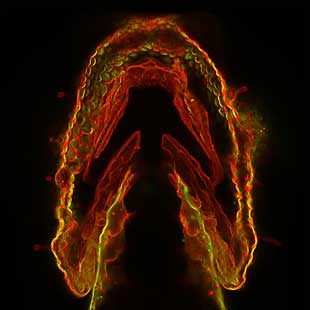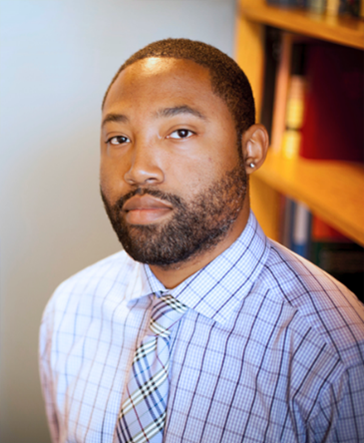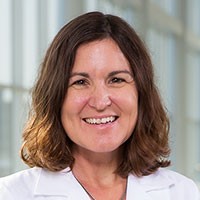
Large sugar molecules called glycans coat every cell in our bodies. They can also be found inside and between cells, and they are important for many biological processes, including how our cells interact with one another and with pathogens. For example, glycans on red blood cells determine blood type, and those on the cells of organs determine whether a person can receive a transplant from a particular donor. Scientists have only begun to explore sugars’ complexities and potential uses. Here, we look at the contributions three NIGMS-supported researchers are making to glycoscience.
Human Milk Sugars
Glycans called human milk oligosaccharides (HMOs) make up a significant portion of human milk. Study findings have shown that some HMOs can be prebiotics—substances that encourage beneficial bacteria to grow. Research has also revealed that some disease-causing microbes bind to certain HMOs, potentially allowing the germs to pass through the body without causing illness.
Machine-Made HMOs

Studying HMOs has historically been very difficult, often involving a complex chemical process to produce the molecule. But soon, researchers may be able to create these sugars with the push of a button, thanks to a machine being developed by Alexei Demchenko, Ph.D., a professor and department chair of chemistry at Saint Louis University in Missouri. The machine will store “recipes” for making HMOs in a computer and will contain vials of simple sugars from which to build the molecules.
“Our goal is that anyone, even a middle school student, could go into the lab and press a button, and the machine would do the synthesis for them,” says Dr. Demchenko. Scientists trying to determine the function of an HMO could create it with Dr. Demchenko’s machine and then, for example, introduce it to beneficial bacteria from the human gut or to various pathogens and look for interactions.
HMOs Could Help Combat Infection
HMOs could lead to new medicines that fight bacterial infections, according to Steven Townsend, Ph.D., an associate professor of chemistry at Vanderbilt University in Nashville, Tennessee.

Dr. Townsend discovered that HMOs can kill some harmful bacteria or prevent them from forming biofilms—highly organized communities of microorganisms that are resistant to antibiotics. The bacteria that HMOs target are generally Gram-positive, which means they have only one membrane. Both Gram-positive and Gram-negative bacteria can threaten human health, but developing medicines that target Gram-negative bacteria can be more challenging because they have a second membrane.
Dr. Townsend began looking for ways to kill or inhibit Gram-negative bacteria using HMOs. After he hit an experimental roadblock, he discovered that making certain chemical alterations to select HMOs could render them more effective. “Now, they kick butt when it comes to Gram-negative organisms,” he says. “You hit a dead end, and the power of chemistry rescues you.”
Dr. Townsend’s lab continues to fine-tune HMOs to fight harmful bacteria. He’s also pursuing projects that apply glycoscience to women’s health concerns, including contraception and migraines.
Cholera Toxin’s Sweet Tooth
Glycans may one day help treat cholera, based on the research of Jennifer Kohler, Ph.D., an associate professor of biochemistry at the University of Texas Southwestern Medical Center in Dallas. Cholera is a diarrheal illness caused by a toxin released by Vibrio cholerae bacteria. Researchers previously established that this toxin binds to a glycolipid called GM1 on the surface of intestinal cells. Dr. Kohler found that the toxin also binds to molecules that contain the simple sugar fucose.

In an experiment, cholera toxin introduced into an environment with fucose-containing glycans and intestinal cells often bound to the glycans instead of the cells, keeping the cells from harm. If this behavior also occurs in humans, researchers might be able to develop a medicine for cholera based on fucose-containing glycans.
Dr. Kohler’s lab is also developing new tools for studying glycans. “Doing glycoscience research is hard right now because we don’t have the best methods to do it, relative to the ease with which one can manipulate protein sequences,” Dr. Kohler says. “I think having good tools to study glycans will really bring glycoscience to the broader research community.”
Dr. Demchenko’s research is supported by NIGMS grant R01GM111835. Dr. Townsend’s research is supported by NIGMS grant R35GM133602. Dr. Kohler’s research is supported by NIGMS grant R01GM090271.

